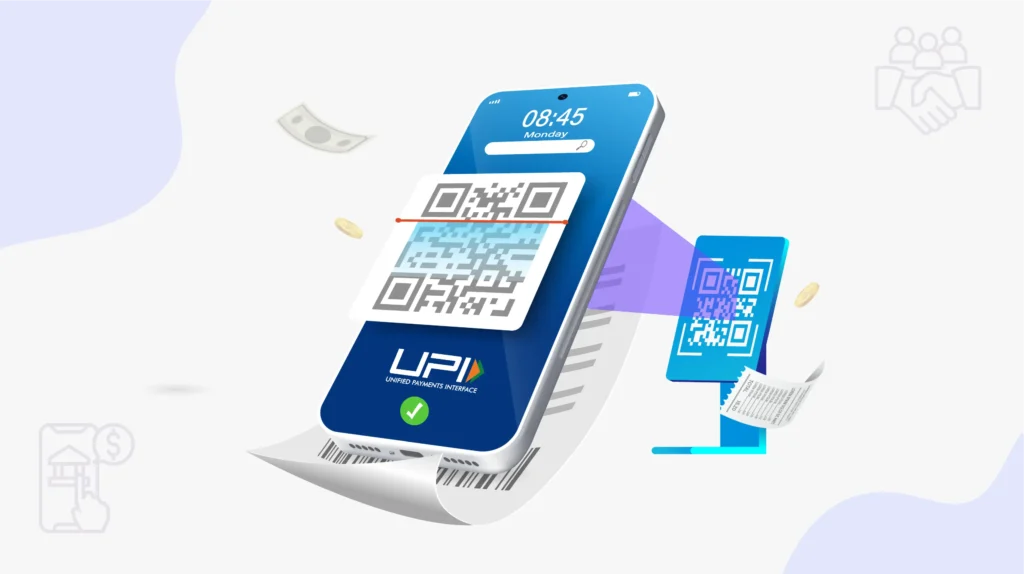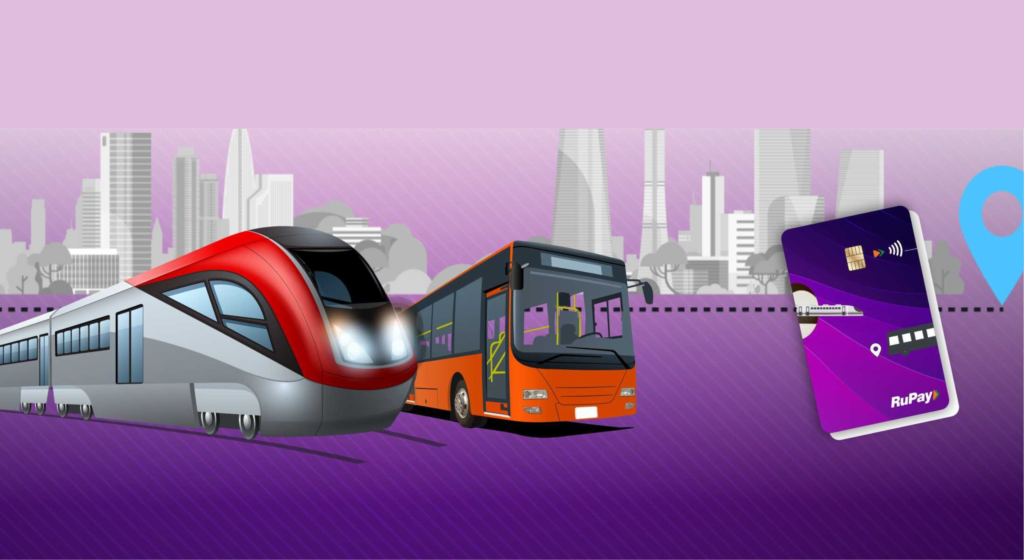Credit Line on UPI: A New Opportunity for Issuer Banks

Home / Blogs Table of contents What is Credit Line on UPI? Key Features Benefits for Banks Challenges for Banks Strategic Importance for Issuer Banks Conclusion The Unified Payments Interface (UPI) has transformed India’s digital payments landscape, and the introduction of Credit Line on UPI brings an exciting opportunity for banks to offer credit directly […]
The Future of Credit Card Transactions in India: Embracing the Contactless Revolution

Home / Blogs Table of contents The Benefits of Contactless Payments The Future Outlook Conclusion As India advances in its digital transformation journey, the payments landscape is rapidly evolving. Over the past decade, driven by smartphones and government initiatives like Digital India, the financial ecosystem has seen significant shifts. One of the most notable changes […]
Design Thinking in Credit Card Stack Development: Creating User-Centric Experiences

Home / Blogs Table of contents Introduction 1. Empowering Credit Card Issuance 2. Modular Flexibility 3. Highly Configurable 4. Delivering a Fintech-Like User Experience 5. Rapid Implementation and Seamless Integration 6. Rule-Based Operations: Ensuring Compliance and Personalisation 7. Leveraging ML/AI for Real-Time Actions 8. Future Compatibility and Innovation Conclusion In today’s rapidly […]
Revolutionising Transit within India: Pure NCMC Cards for Effortless Mobility

Home / Blogs Table of contents Introduction Streamlining Travel Payments with Stand-alone NCMC Cards Effortless Payment Process with Pure NCMC Cards Transforming Travel with Pure NCMC Cards In India, where millions rely on public transportation for their daily commute, the introduction of the Pure National Common Mobility Card (NCMC) is a game-changer. The Pure NCMC […]
Enhancing Security and Transparency: A Comprehensive Guide to Issuer-Led Tokenisation

Home / Blogs Table of contents Introduction Understanding Issuer-Led Tokenisation Process of Issuer-Led Tokenisation Significance of Issuer-Led Tokenisation Issuer-led Vs Acquirer-led tokenisation Conclusion In today’s digital era, the security of financial transactions is of utmost importance. With the rising prevalence of cyber threats and data breaches, it’s crucial for financial institutions to adopt robust […]
New to Credit – A millennial’s wishlist from Credit Cards

Home / Blogs Table of contents Introduction Instant Card Issuance Credit Card on UPI Reward Programs for Online Shopping Low Forex Markup for International Travel Travel Rewards for International or Domestic Trips Local Lifestyle Perks Financial Management Tools Customised Offers Gamified Rewards Language and Regional Support Student-focused Features Flexible Credit Limits Green Initiatives Collaborations […]



